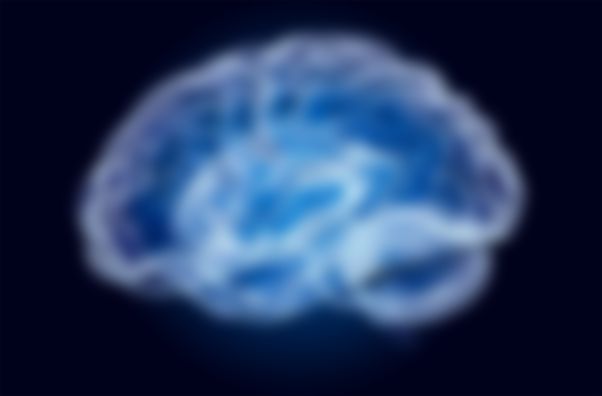What Neurodivergence Is Like: A Recap of My Articles on Autism and ADHD
In this article, I shall continue yesterday’s summary of my posts written in May 2022. The idea is originally by @Jane . If you want to go back and check out my articles about mental health, head over to this link.

The brain is complex that researchers have just barely touched the surface of neurology and neuropsychology. (Photo: Canva Pro)
Understanding the vibrant spectrum of neuropsychological conditions
There are a number of different neuropsychological conditions that can affect people’s ability to think, learn, remember and act according to social norms. Some of the most common conditions include Alzheimer’s disease, dementia, stroke and traumatic brain injury, as well as a range of neurodevelopmental conditions and mental disorders. Each condition can cause unique challenges for those affected, as well as their families and caregivers. Essentially, they form a vibrant spectrum of disabilities of varying severity.
Neurodiversity
Neurodiversity refers to the wide range of differences in cognitive styles and abilities within the human population. Neurodivergent individuals include, for example, those who are autistic, bipolar, dyslexic, or have ADHD, as opposed to neurotypicals who make up the majority of the population. Some experts believe that neurodivergence should be embraced as natural variations between human brains and that it can even lead to greater creativity and productivity. Yet, support is often needed for neurodiverse individuals so they can reach their full potential.
Neurodivergence is a term used to describe neurological differences in people, which may lead to different ways of thinking, perceiving, and behaving. Neurodivergent individuals often have unique skills and abilities that neurotypical people do not possess. For example, some autistic people are able to think deeply about specific topics or problems for long periods of time, allowing them to develop expertise in certain areas, sometimes having quirky special interests? Determining exactly how common neurodivergence is tends to be tricky since maybe people are unaware of their traits and never consult a medical professional.

Diversity and acceptance are critical for the well-being of everybody. (Picture: Canva Pro)
Need for acceptance and understanding
Every neurodivergent person has unique needs. Many of us suffer from invisible disabilities that we have to fight against at times in order to fit into society. Everybody should ponder on their attitude towards people with special needs. What does it mean to be aware, to understand and to accept? For example, autism can be seen as an intricate puzzle of traits that persist throughout life. It is not curable, and many argue that autism is a different neurotype rather than a disorder. In any case, the challenges that we face are real. For example, living with ADHD causes significant struggles with time management and executive functioning. While there is plenty for researchers to find out before we have a proper understanding, what we know is that ADHD does affect the brain. It is not a fashionable diagnosis based on social media hype.
My goal as a writer is to advocate for neurodivergence. For this reason, I believe that the best way to learn about it is by getting familiar with what neurodivergent people can say about their own experiences with these conditions and how they cope with daily life.

Digital art is an amazing hobby. (Author's work)
And since I am also an artist, here are a couple more articles that I published in May. To me, art is a form of therapy, and it can help you discover your true self. I particularly enjoy making digital art since it is a fun and creative way to express yourself.



This was a great idea to write a summary post of the month. I thought it flowed quite well too! I reached your article through Dreemport this evening :-)